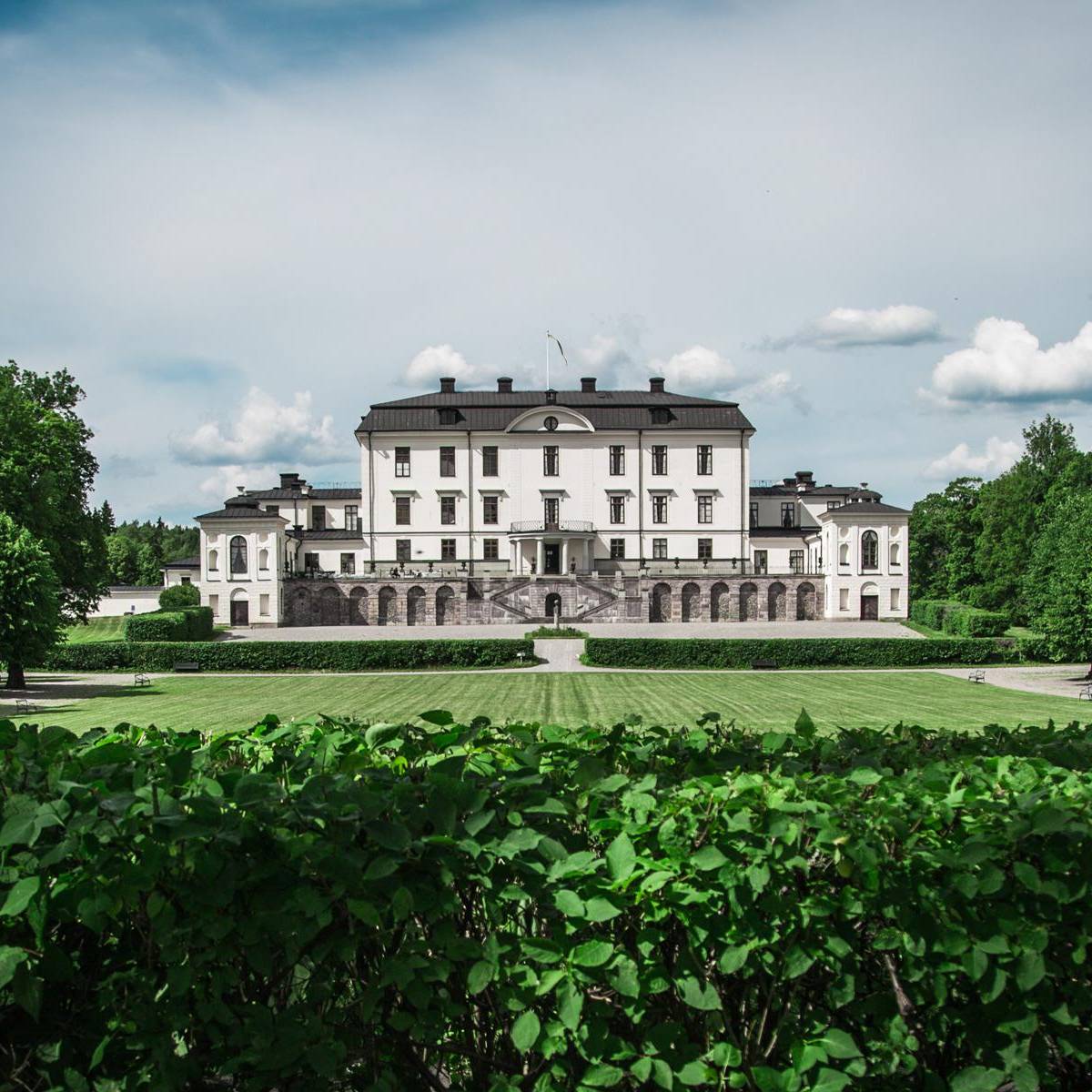The Royal Palace in Stockholm stands proudly on Slottsbacken in the Swedish capital’s charming Old Town. Designed by master architect Nicodemus Tessin the Younger – this enormous jewel of a regal building was inaugurated in 1754, providing a home for King Adolf Fredrik and Queen Louisa Ulrika. It was also built to house the central Swedish state administration and the Royal Library, hence its mighty size.
Tessin learnt his craft in France, Italy and England, where he studied architecture and landscape gardening for many years. A former pupil of Lorenzo Bernini, he drew heavily on the Baroque architecture of Rome – which explains why he decided to model The Royal Palace in Stockholm on a Roman palace.
Stockholm Palace is said to be one of the oldest castles still serving as an official royal residence. With over 600 rooms spread across eleven floors, it provides plenty of space today for King Carl XVI Gustaf of Sweden. The King and Queen also use the palace as a workplace and a highly impressive venue for receptions, such as state visits.











